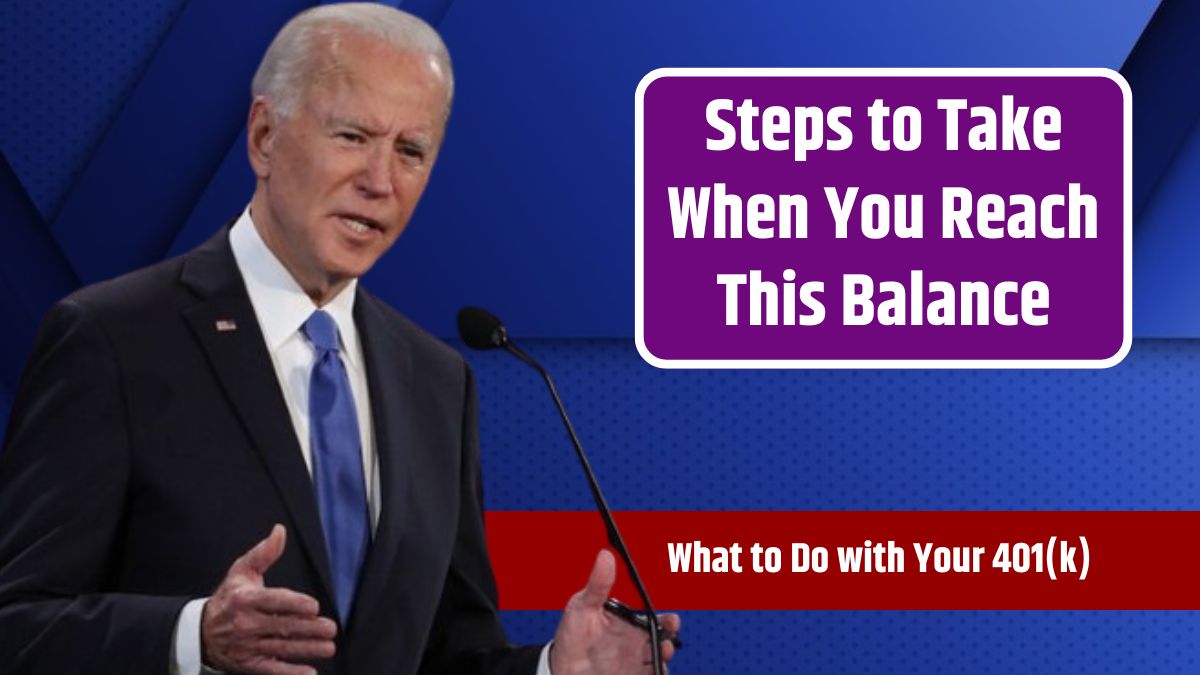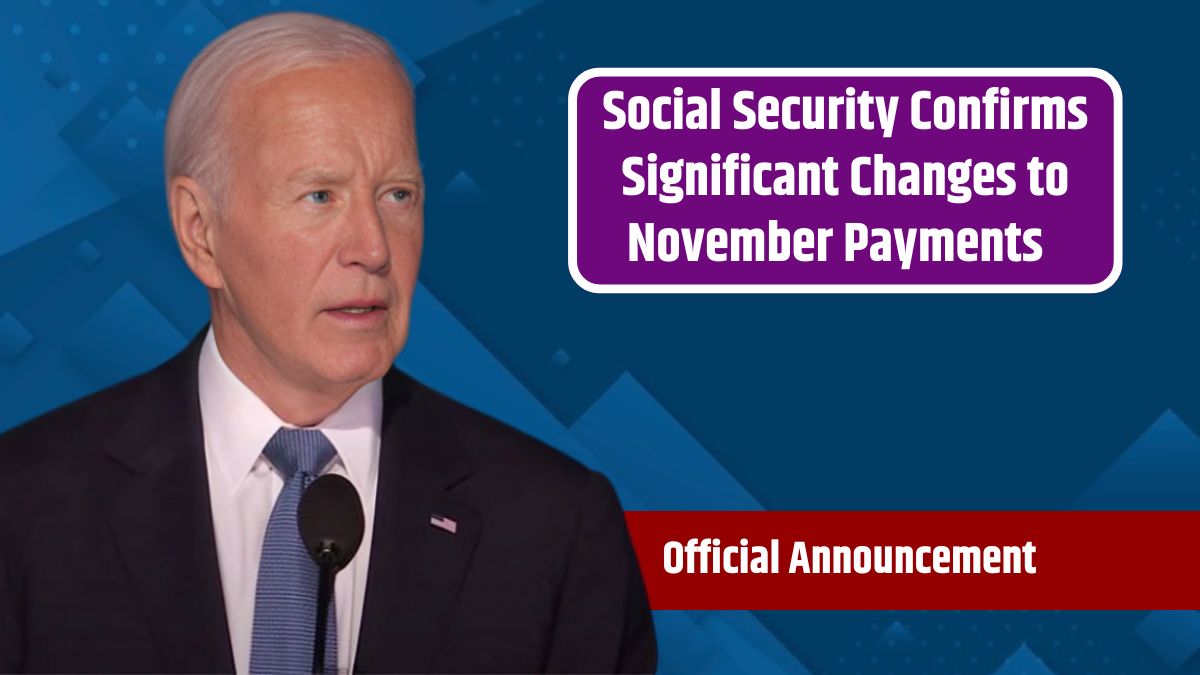For many Americans, reaching the $1 million mark in their 401(k) is a significant milestone—a testament to years of disciplined saving and investing. Recently, this achievement has become more common, with Fidelity reporting that a record 485,000 of its customers now have $1 million or more in their 401(k) accounts.
The strong performance of the stock market has played a major role in this surge, propelling the growth of retirement accounts beyond expectations. However, reaching this financial milestone isn’t just a cause for celebration; it’s also an opportunity to make strategic decisions that can help secure your financial future. Here are some key actions to consider once your 401(k) balance hits $1 million.
Rebalance
If your 401(k) has grown rapidly due to favorable market conditions, it’s essential to reassess the asset allocation within your account. Over time, the performance of different investments can cause your portfolio to drift from your original target allocation. For example, if your goal was to maintain a 60% allocation in stocks and 40% in bonds, but strong stock market gains have pushed the stock portion to 70%, it may be time to rebalance.
Rebalancing involves selling some of your appreciated stock holdings and reallocating the proceeds into bonds or other asset classes that have become underweighted. This process helps maintain your desired risk level and keeps your portfolio aligned with your long-term financial goals. Regular rebalancing is crucial, especially after significant market movements, to avoid taking on more risk than you intended.
Risk Tolerance
Hitting the $1 million mark in your 401(k) can change how you perceive risk. With more at stake, you might find that your tolerance for risk has evolved since you first started investing. As retirement approaches, or if you’re wary of a potential market downturn following recent highs, you might lean toward a more conservative investment strategy.
As a 401(k) millionaire, it’s worth considering whether to shift from aggressive growth to wealth preservation. This could mean reducing your exposure to stocks and increasing your investments in more conservative assets like bonds. On the other hand, if you’re still several years away from retirement and believe $1 million may not fully meet your retirement needs, you might opt to maintain a more aggressive strategy.
Risk tolerance is a deeply personal decision, and there’s no universal answer. However, reaching $1 million provides a valuable opportunity to reassess your comfort level with risk and make adjustments that reflect your current financial goals.
Time Horizon
Reaching the $1 million milestone might also prompt you to reconsider your retirement timeline. This financial achievement could open up new possibilities, such as retiring earlier than planned or pursuing a different retirement strategy.
If your 401(k) balance allows for greater flexibility, you might consider adjusting your contribution levels or adopting a less aggressive investment approach. For instance, you could shift towards a portfolio with a higher allocation to bonds, which typically carry lower risk but also offer lower returns. While this might reduce your potential gains, it could also protect your wealth from market volatility.
Alternatively, you may decide to continue working and saving at your current rate, allowing your retirement nest egg to grow even larger. The key is to evaluate how this milestone fits into your broader retirement goals and whether it changes your desired retirement age or lifestyle.
Financial Advisor
Managing a $1 million 401(k) comes with its own set of challenges and opportunities. The decisions you make now could significantly impact your financial security in retirement, and the complexity of managing such a substantial sum can be daunting. This is where a fiduciary financial advisor can be invaluable.
A financial advisor can provide personalized, professional advice tailored to your unique situation. They can help you investigate options, clarify your goals, and make informed decisions about your investments. Whether you’re considering rebalancing your portfolio, adjusting your risk tolerance, or rethinking your retirement timeline, a financial advisor can guide you through the process and help you avoid costly mistakes.
Reaching the $1 million mark in your 401(k) is a significant achievement, but it’s also a time to take stock of your financial strategy. By rebalancing your portfolio, reassessing your risk tolerance, evaluating your time horizon, and seeking professional advice, you can make the most of this milestone and secure a comfortable retirement. As with any major financial decision, staying informed and proactive is key to maximizing the benefits of your hard-earned savings.
FAQs
Why should I rebalance my 401(k) after reaching $1 million?
Rebalancing keeps your portfolio aligned with your risk tolerance and financial goals.
How does reaching $1 million affect my risk tolerance?
With more at stake, you might prefer a more conservative investment strategy.
Can I retire early with $1 million in my 401(k)?
It depends on your lifestyle goals and other financial factors; consider adjusting your timeline.
Should I change my investment strategy after hitting $1 million?
Reassess your goals and risk tolerance to determine if a more conservative approach is needed.
Is it necessary to consult a financial advisor after reaching $1 million?
Yes, an advisor can help navigate complex decisions and optimize your retirement strategy.









